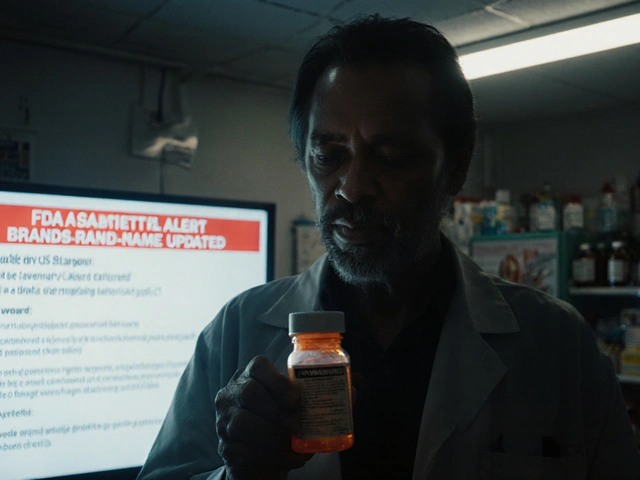WHO Albendazole Guidelines – What You Need Right Now
If you’ve been told to take albendazole or are looking into WHO’s recommendations, you’re in the right spot. This guide breaks down the key points without jargon, so you can understand why the drug matters and how to use it safely.
When does WHO say albendazole is needed?
Albendazole is the go‑to medicine for a bunch of worm infections that affect millions worldwide. The World Health Organization (WHO) lists it for:
- Soil‑transmitted helminths like roundworm, hookworm and whipworm.
- Lymphatic filariasis – the disease that can cause elephantiasis.
- Cystic echinococcosis (hydatid disease) when surgery isn’t an option.
- Neurocysticercosis – brain infections caused by pork tapeworm larvae.
In each case, the dosage and treatment length differ. That’s why following WHO’s exact numbers matters.
Key dosing facts from the WHO
Soil‑transmitted helminths: A single 400 mg tablet for kids over one year and adults. No repeat dose needed unless reinfection is common in your area.
Lymphatic filariasis: One 400 mg tablet yearly, combined with a second drug (usually diethylcarbamazine or ivermectin) to boost effectiveness.
Cystic echinococcosis: Usually 10–15 mg/kg per day for 28 days, split into two doses. Doctors may adjust the length based on scan results.
Neurocysticercosis: The WHO suggests 15 mg/kg daily (max 800 mg) for 7‑10 days, often followed by a second course after a few weeks if cysts remain.
If you’re pregnant, the WHO advises avoiding albendazole during the first trimester. Always discuss any pregnancy plans with your clinician.
Practical safety tips
Albendazole is generally safe, but a few things can help you stay out of trouble:
- Take it with food. A fatty meal improves absorption and reduces stomach upset.
- Watch for side effects. Mild headache, dizziness or abdominal pain are common. If you notice severe rash, fever or liver issues, get medical help fast.
- Check interactions. Anticonvulsants like carbamazepine can lower albendazole levels; talk to your doctor if you’re on other meds.
The WHO also stresses that treatment should be part of a broader control program: clean water, proper sanitation and health education are essential to keep reinfections low.
Where to find the official WHO documents
You can download the full guidelines from the World Health Organization’s website. Look for the sections titled “Albendazole – dosing & recommendations” under the Neglected Tropical Diseases (NTD) manuals. The PDFs are free and updated regularly.
Having the official PDF handy lets you double‑check any dose changes, especially if new research shifts the standard.
Bottom line
Following WHO’s albendazole guidelines means taking the right amount at the right time, watching for side effects, and supporting community health measures. When in doubt, ask your pharmacist or doctor to pull up the latest WHO chart – it’s only a few clicks away.
Albendazole in Pregnancy: Safety, Risks, and Guidelines Explained
Ever wondered if you can safely take albendazole during pregnancy? This article leaves no stone unturned. It digs into trimester risks, real data on birth defects, and uncovers what the major health organizations actually recommend. You'll get practical facts, some myth-busting, plus a clear look at global guidelines. Whether you're a mom, a doctor, or just curious, these insights are for you.
About
Health and Wellness
Latest Posts

Clonidine vs Alternatives: Detailed Comparison Guide
By Orion Kingsworth Oct 20, 2025

Dose-Related vs Non-Dose-Related Side Effects: What You Need to Know in Pharmacology
By Orion Kingsworth Dec 31, 2025

Chinese Generic Production: Manufacturing and Quality Concerns
By Orion Kingsworth Nov 12, 2025

